This shape is a triangular prism.
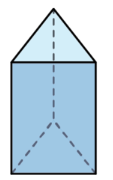
- Count the number of faces.
- How many edges does it have?
- How many vertices does it have?
- \(5\) faces
- \(9\) edges
- \(6\) vertices
|
Previous
Regular polygons
|
Next
Platonic solids
|
There are certain words that we need to use when we describe the properties of 3D objects, such as face, base, edge and vertex.
We know that a cube has six faces, and each face is a square. All the squares are congruent (exactly the same size).
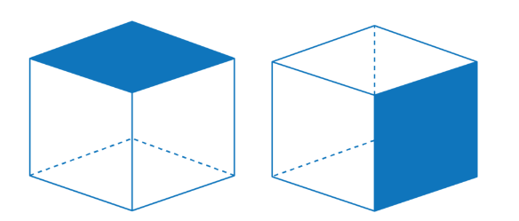
The faces of objects meet each other at an edge. A cube has twelve edges: four edges around the top face of the cube, four edges around the side faces, and four edges around the base of the cube.

The edges of a 3D object meet each other at a vertex. A cube has eight vertices: four at the top of the cube and four at the base of the cube.
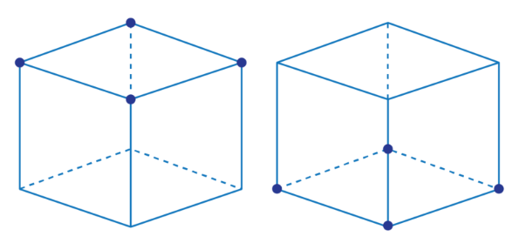
This shape is a triangular prism.

This shape is a pentagonal prism.
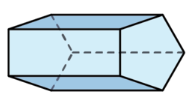
This shape is called a cuboid or rectangular prism.
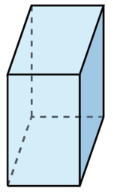
Count the number of faces, edges and vertices.
This shape is a hexagonal prism.
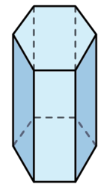
Count the number of faces, edges and vertices.
|
Previous
Regular polygons
|
Table of Contents |
Next
Platonic solids
|